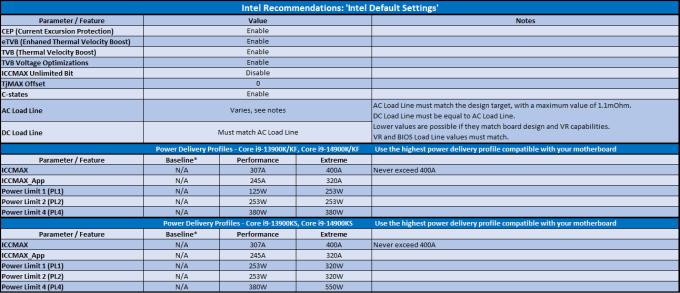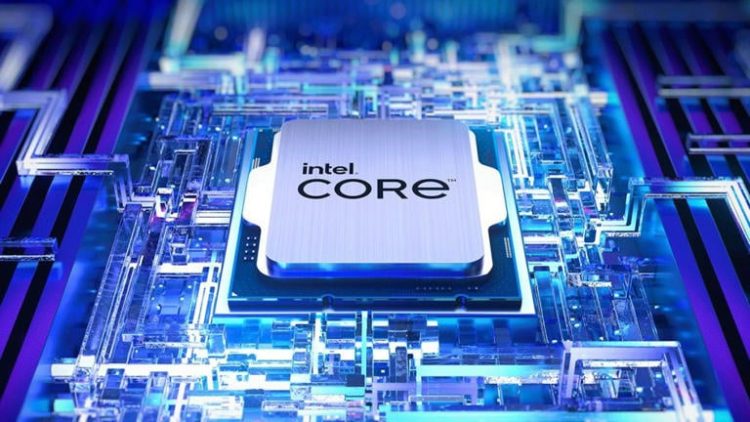Motherboard vendors following the latest Intel guidelines have already started to release BIOS updates to address the reported issues. Intel seems to acknowledge that the problems mainly occur because the vendors push the power limits of the processors beyond the official Intel limits. Reorganizing the so-called “Baseline Defaults” that have been released lately is also recommended because the performance drop was significant. The “Intel Default Settings” are the right ones to be implemented and are the official power limits Intel sets.

You can download the latest BIOS when it is available from your vendor’s official site. MSI has already released this update for its Z790 line. Otherwise, you can adjust the values manually through your BIOS settings (PL1=125W, PL2=253W, 307A Current Limit). This is an improvement from the “Baseline Defaults” profile that unnecessarily restricted the chips performance-wise. But still, setting these limits is losing meaning for these unlocked processors. It is not a bad practice, but I don’t think the users bought K-processors to run them on their official limits. Otherwise, they would have chosen their non-K variants. Of course, overclocking might have instability issues, and these chips are, by default, pushed to their limits. Intel always states that running its processors over its official limits is against its policy. Sometimes, undervolting was a better solution, though.
It is recommended that the 13th and 14th-generation high-end processors be run to their official limits, at least for now. We can’t ignore Intel’s guidelines. But I don’t know if this answers the reported crashes. It is reasonable that the chips be tested to last under certain conditions. But for years, vendors pushed them to their limits. What went so badly for this batch? I believe that this is mainly Intel’s fault. Motherboard manufacturers are not innocent, but they are not the ones to blame initially. And to be honest, I don’t know if “Intel Default Settings” is the solution to this problem. It sounds more like a “better be safe than sorry” situation. The core problem is not the power limits. At least, not mainly them. We have to wait for an official response regarding this issue. Until then, following Intel’s guidelines is our best bet.


